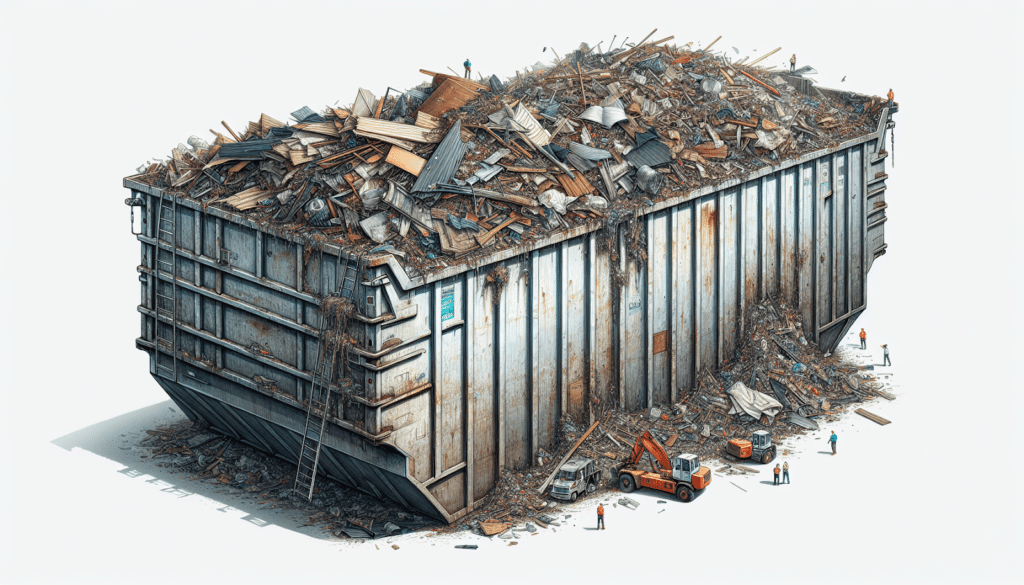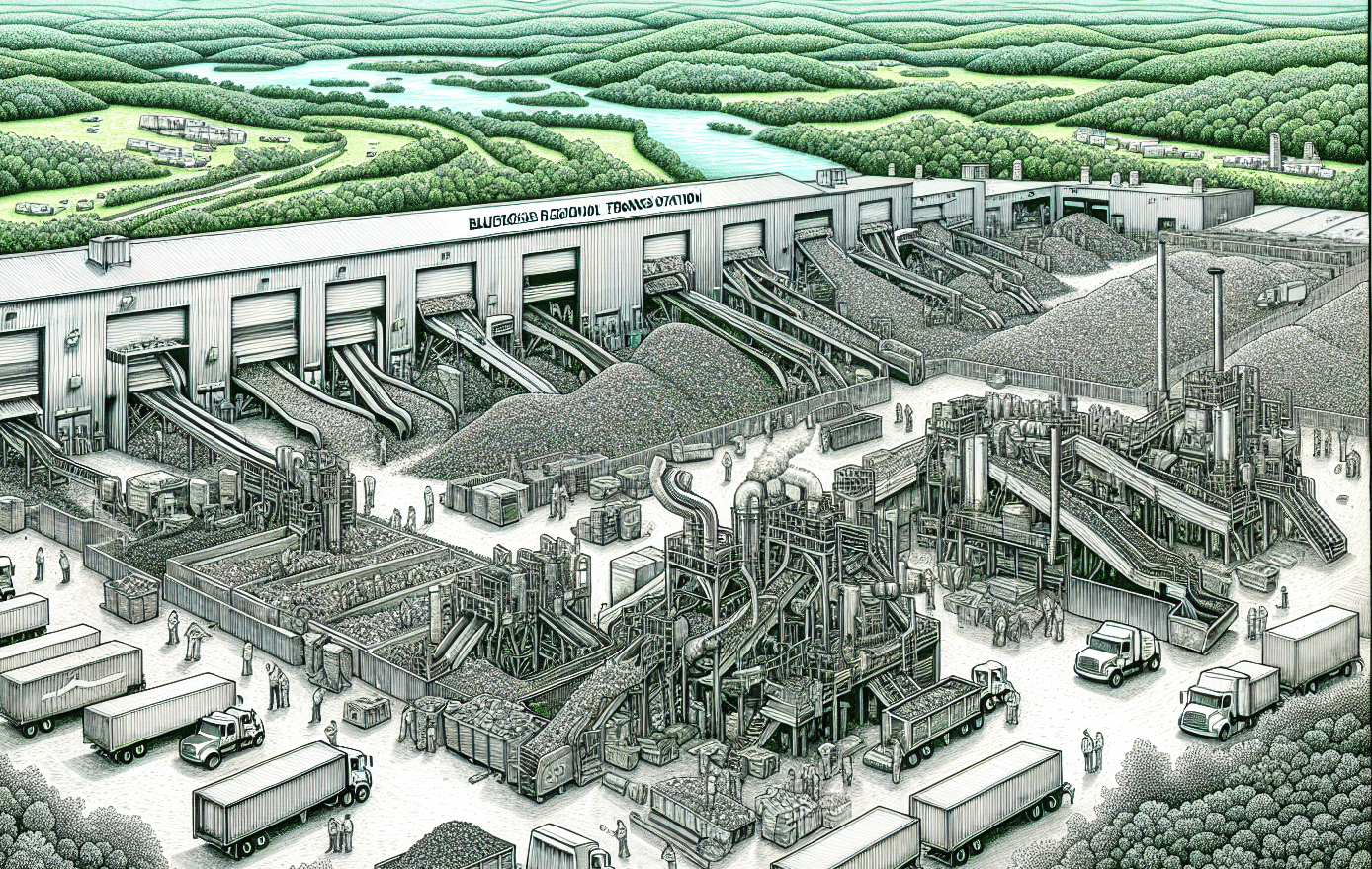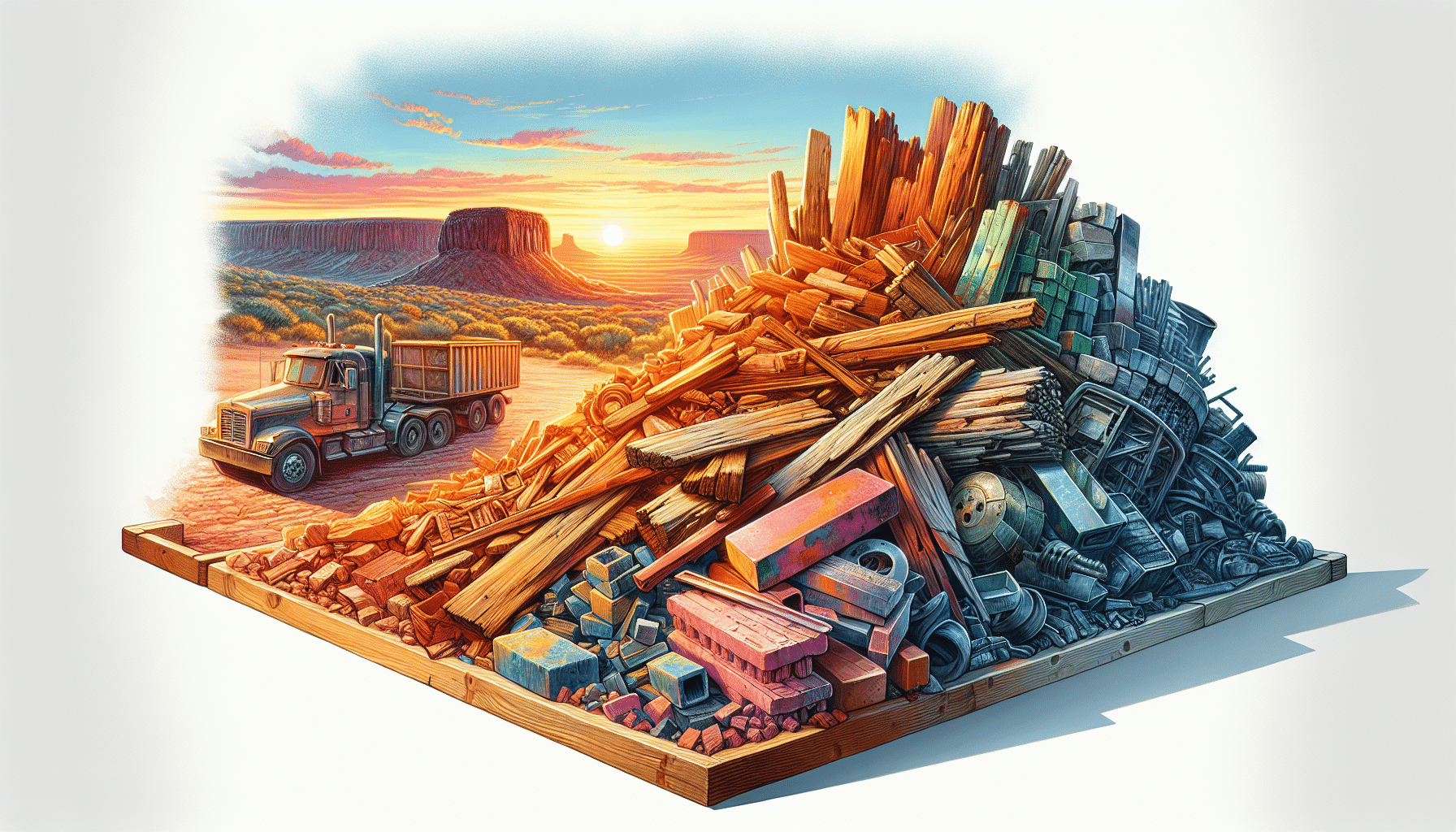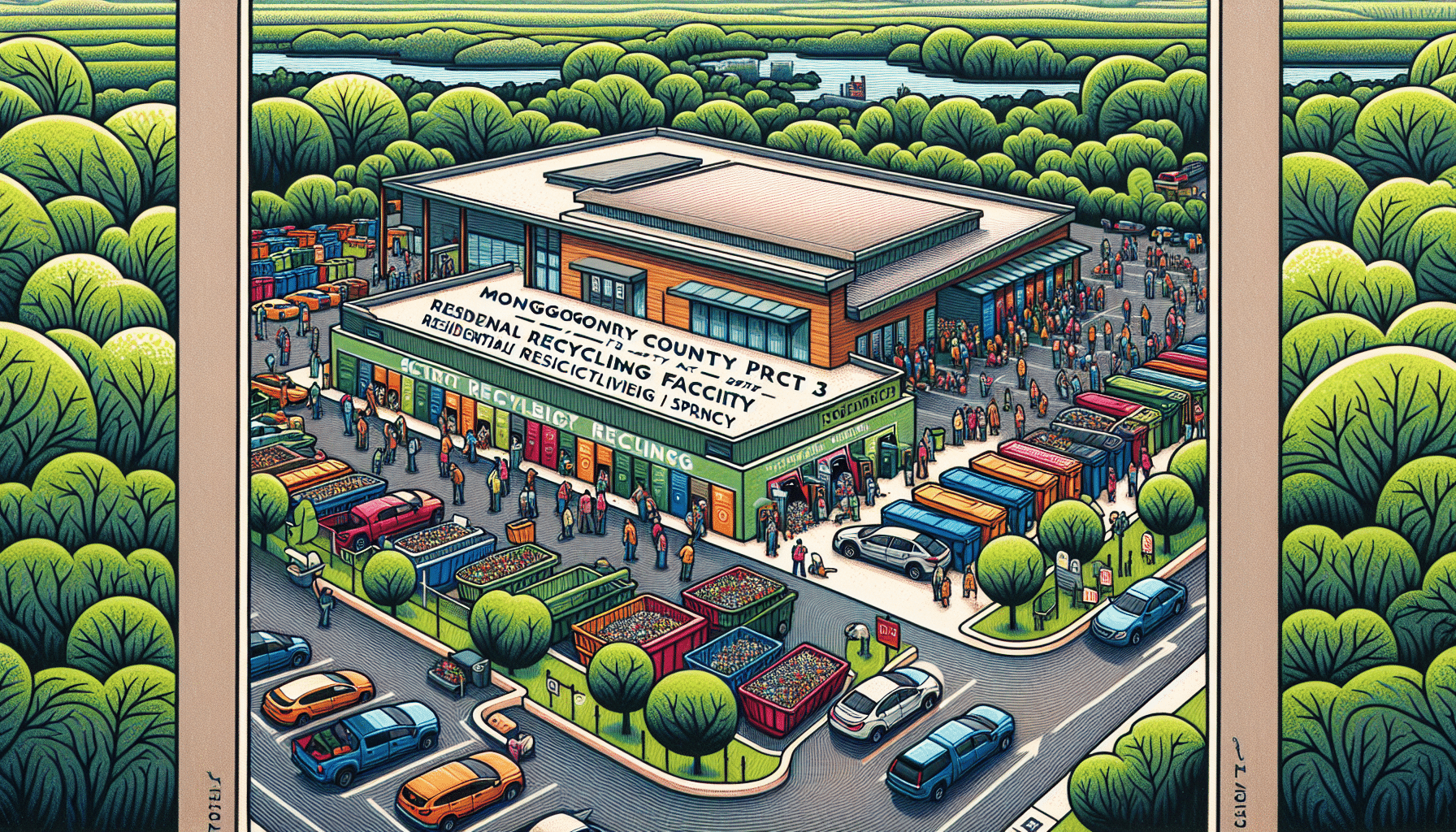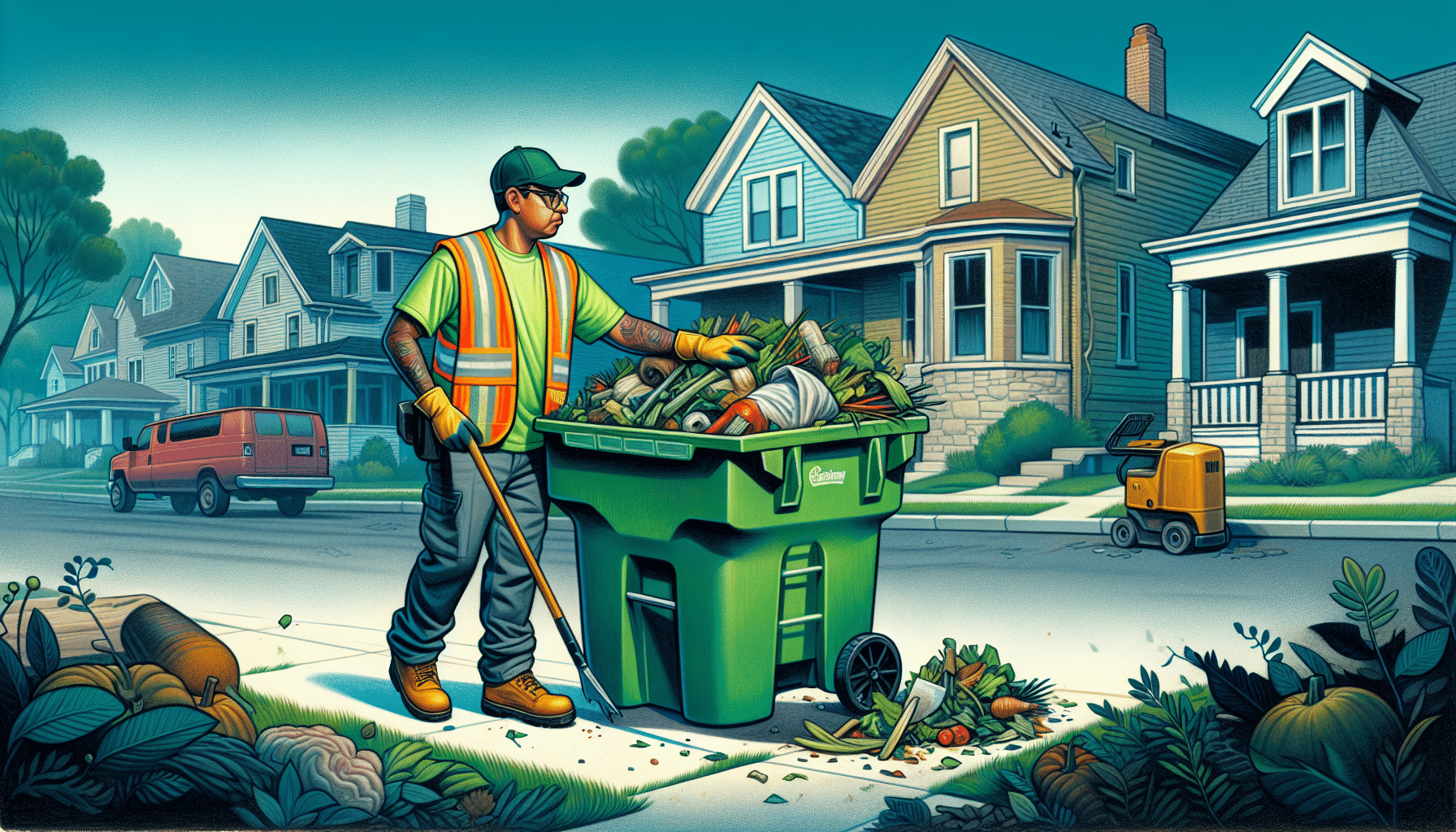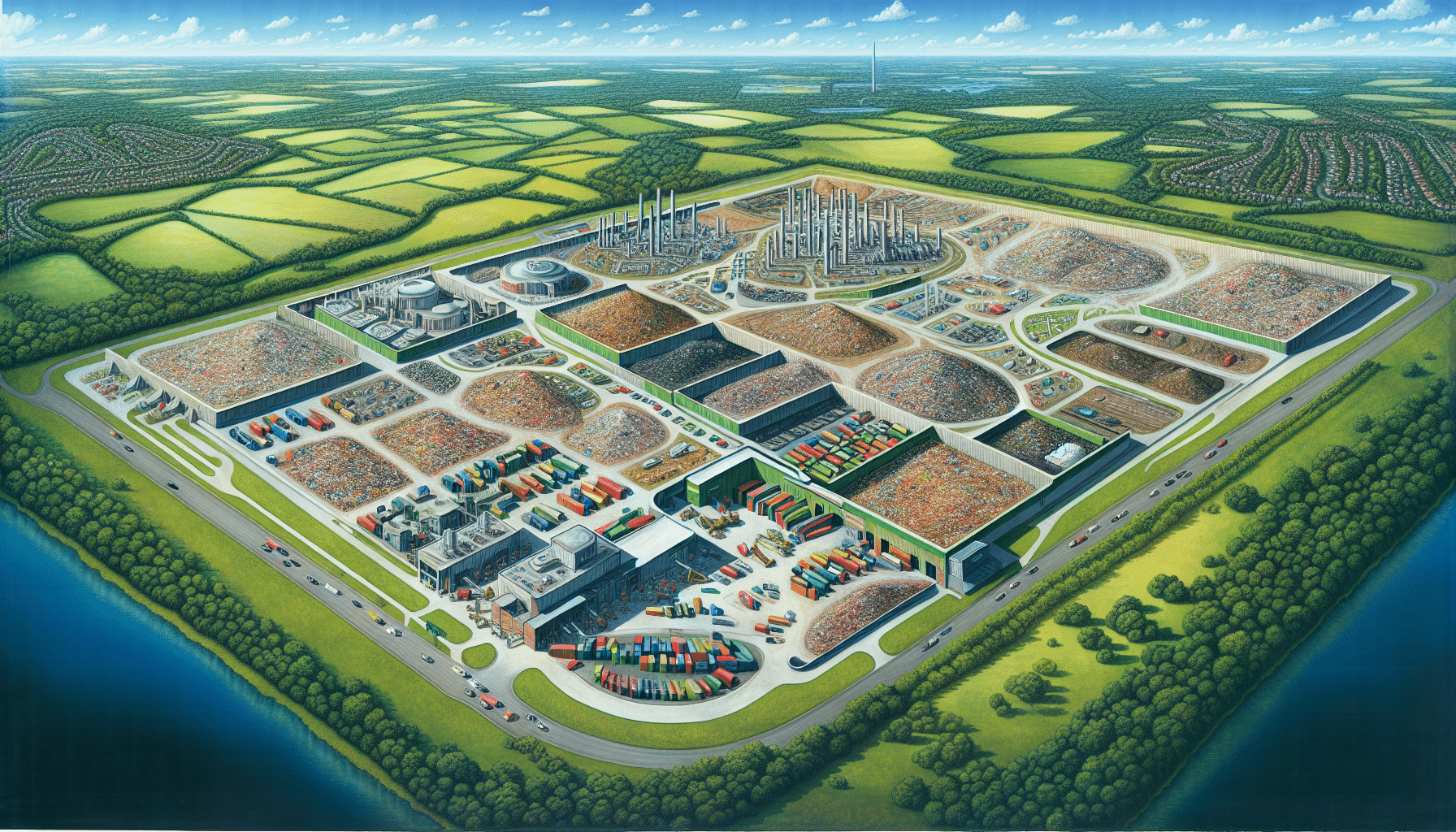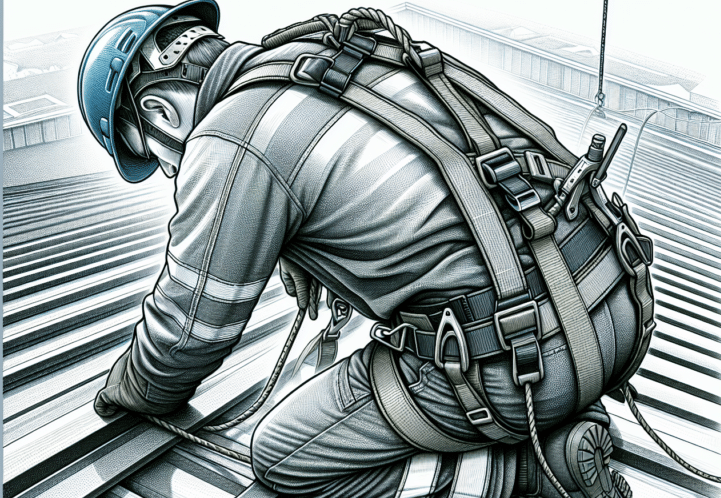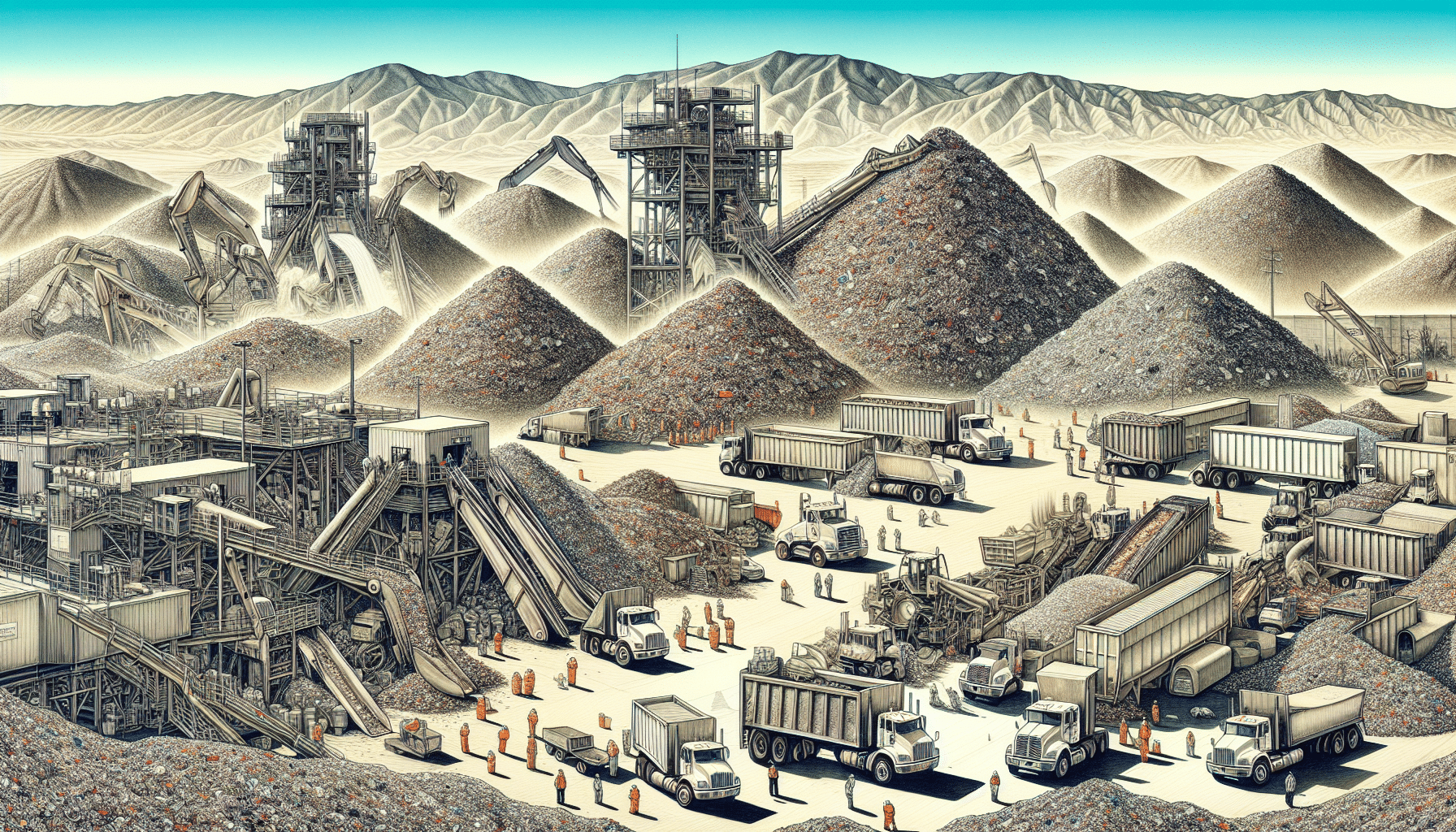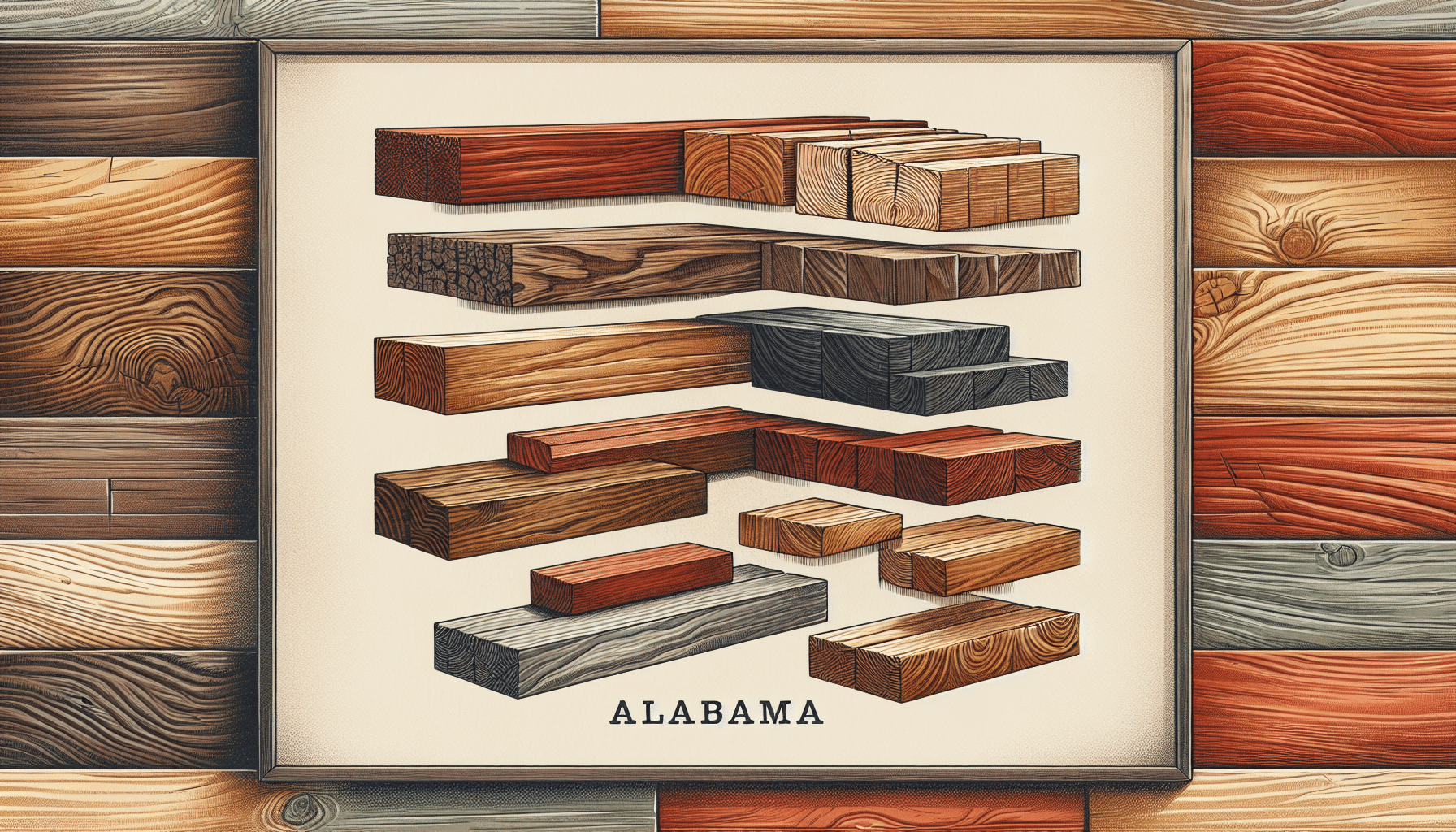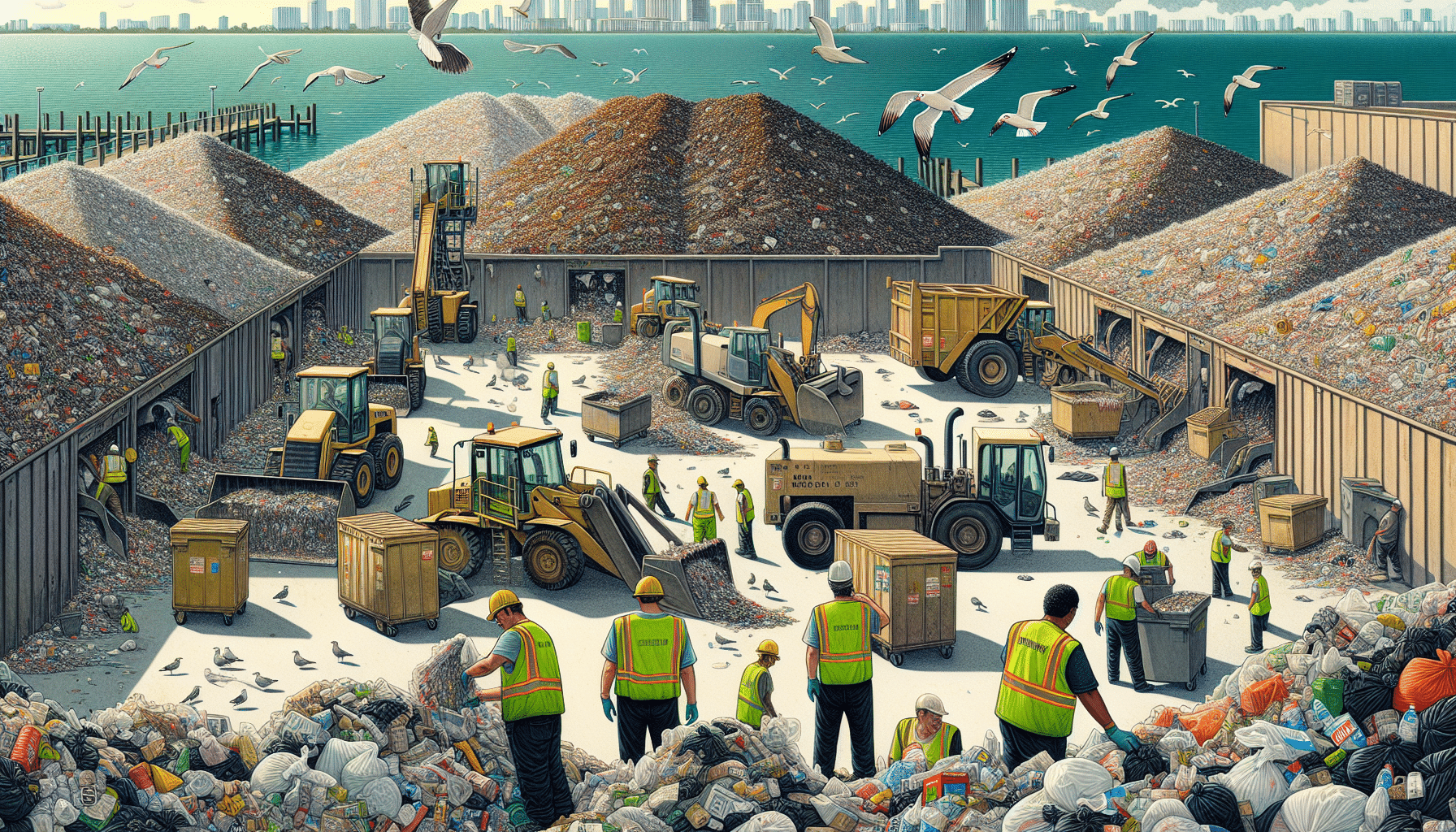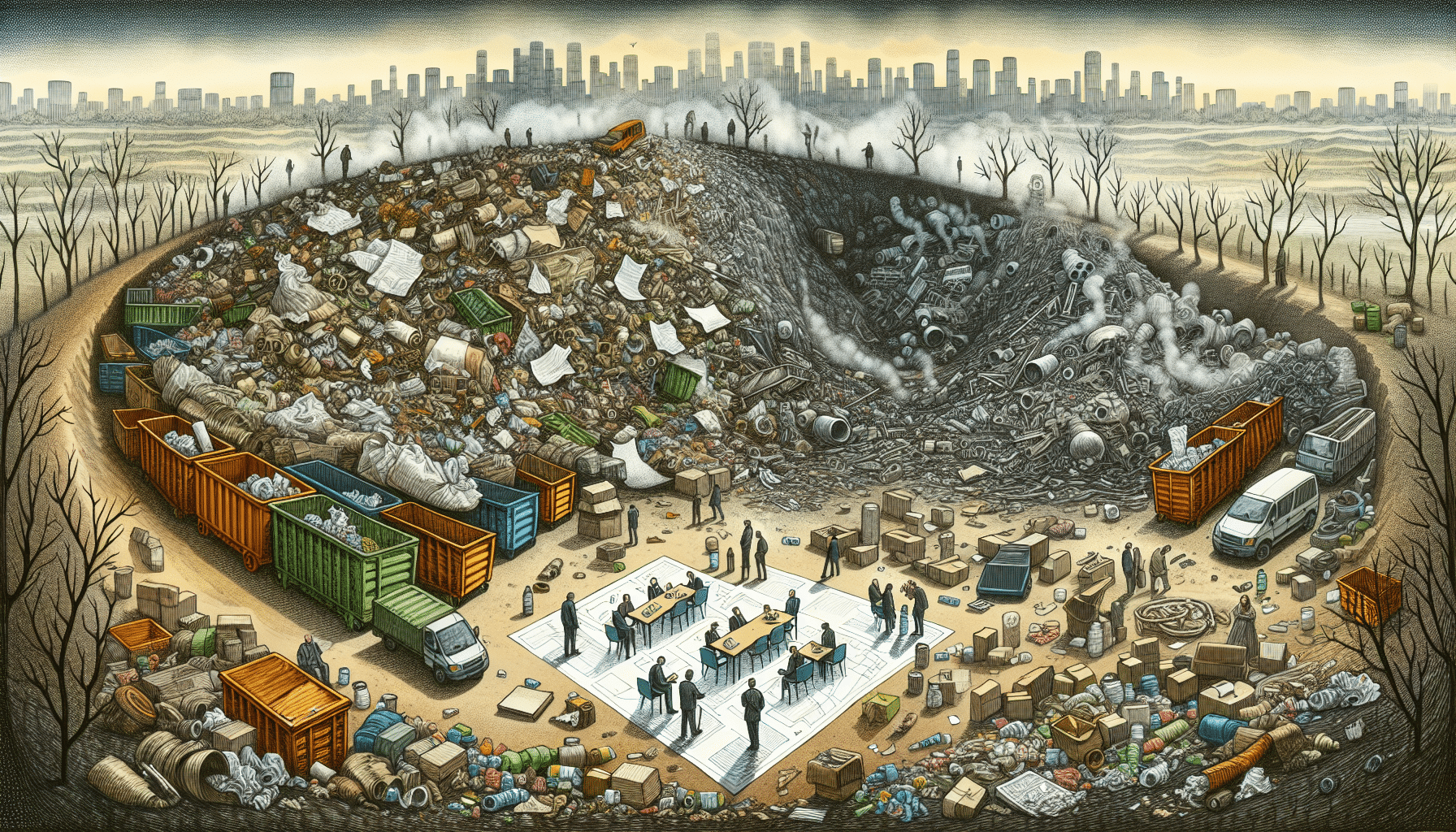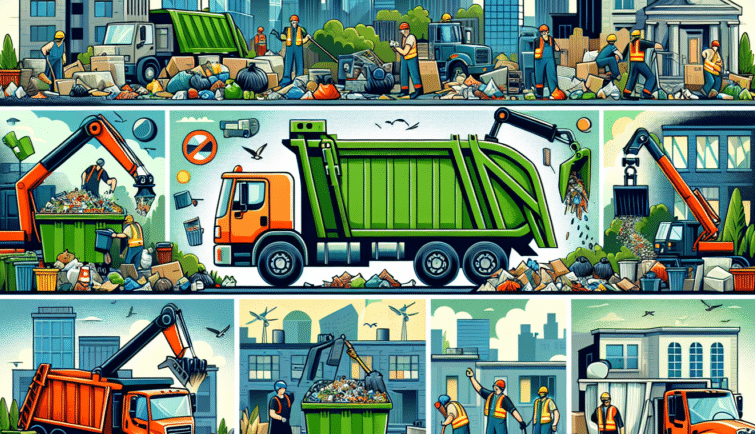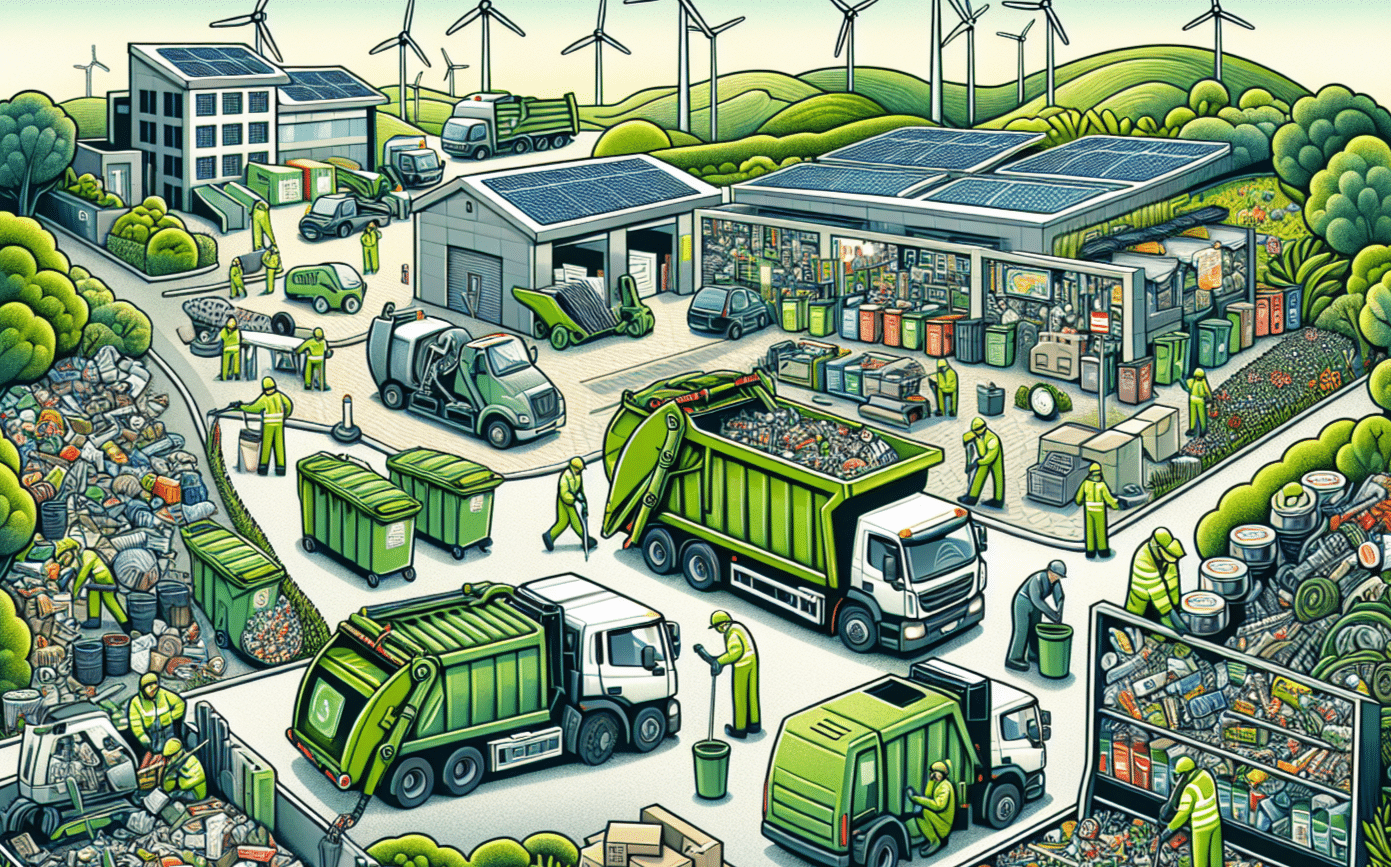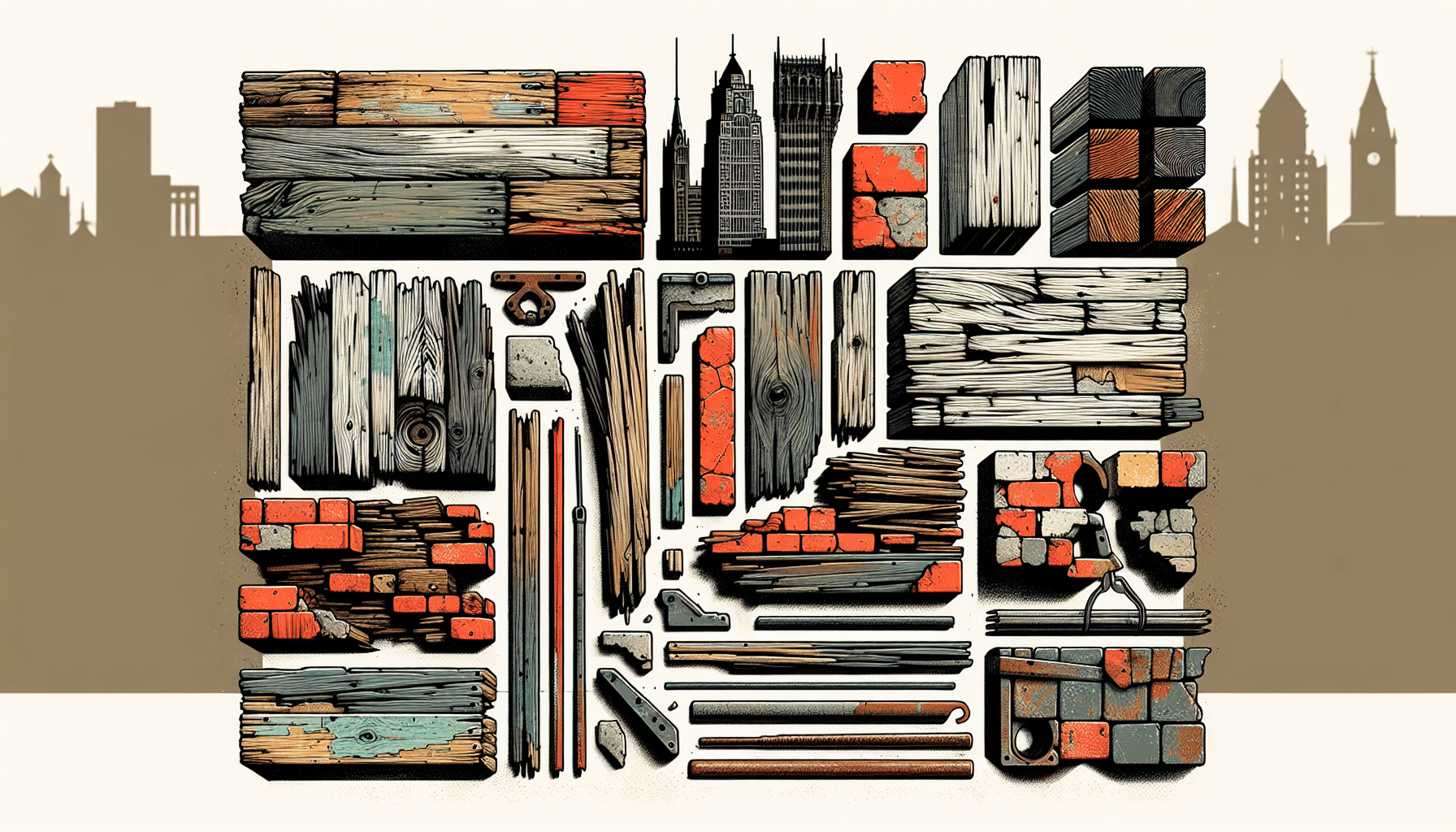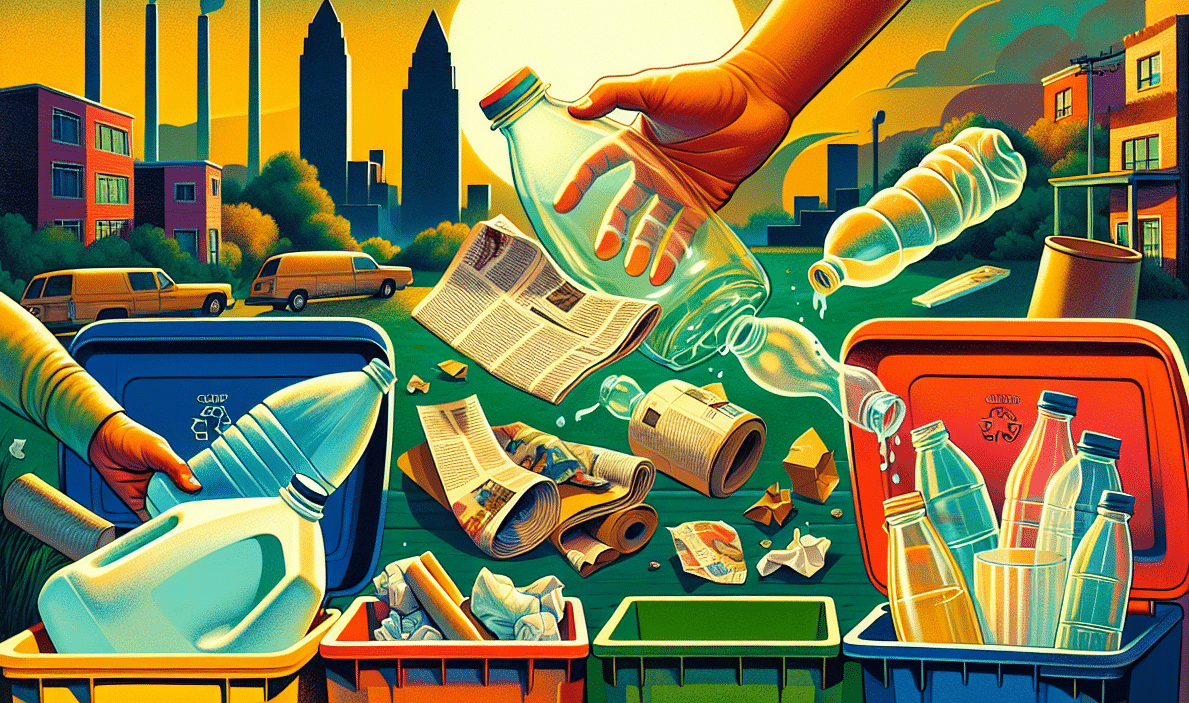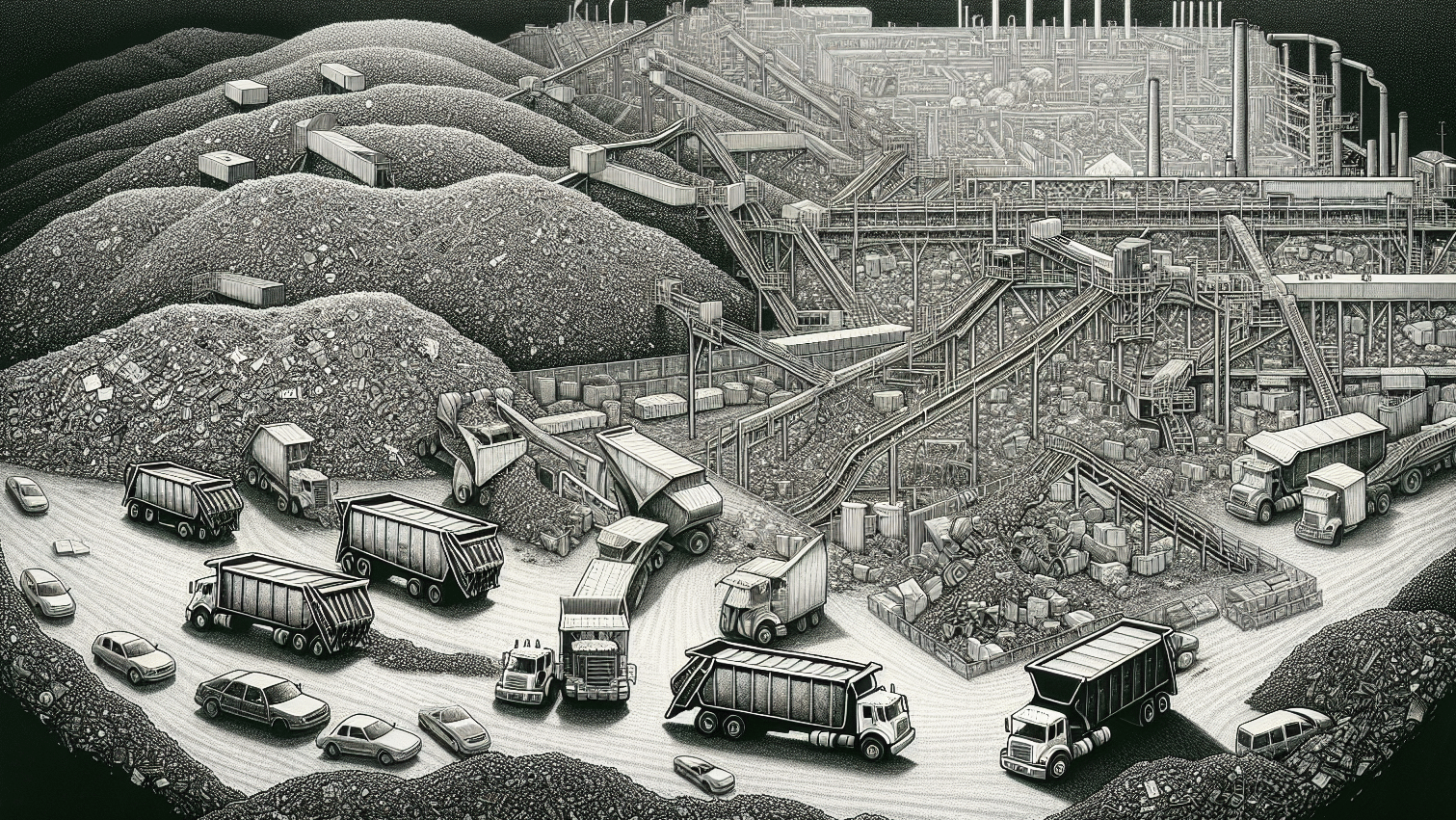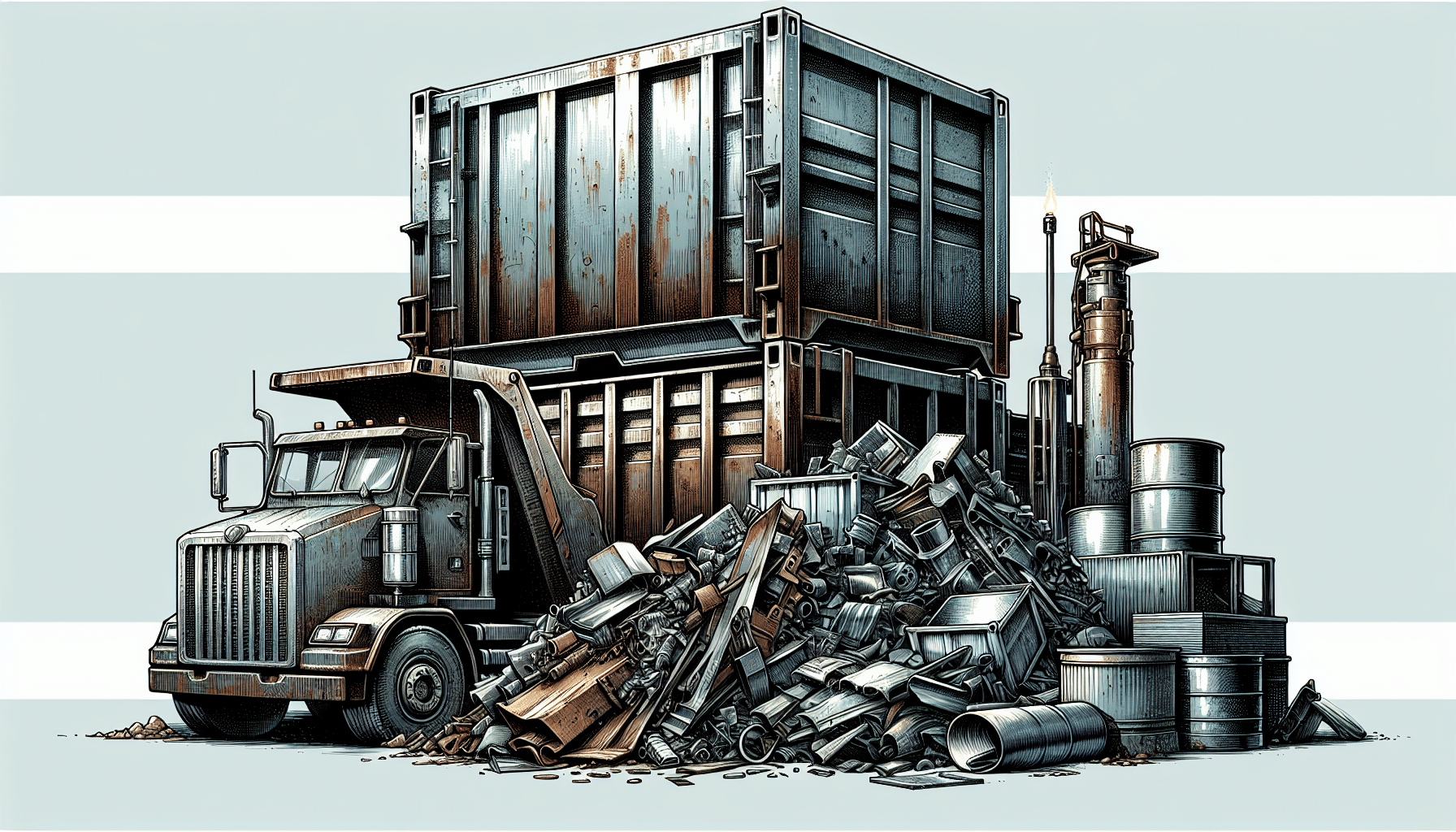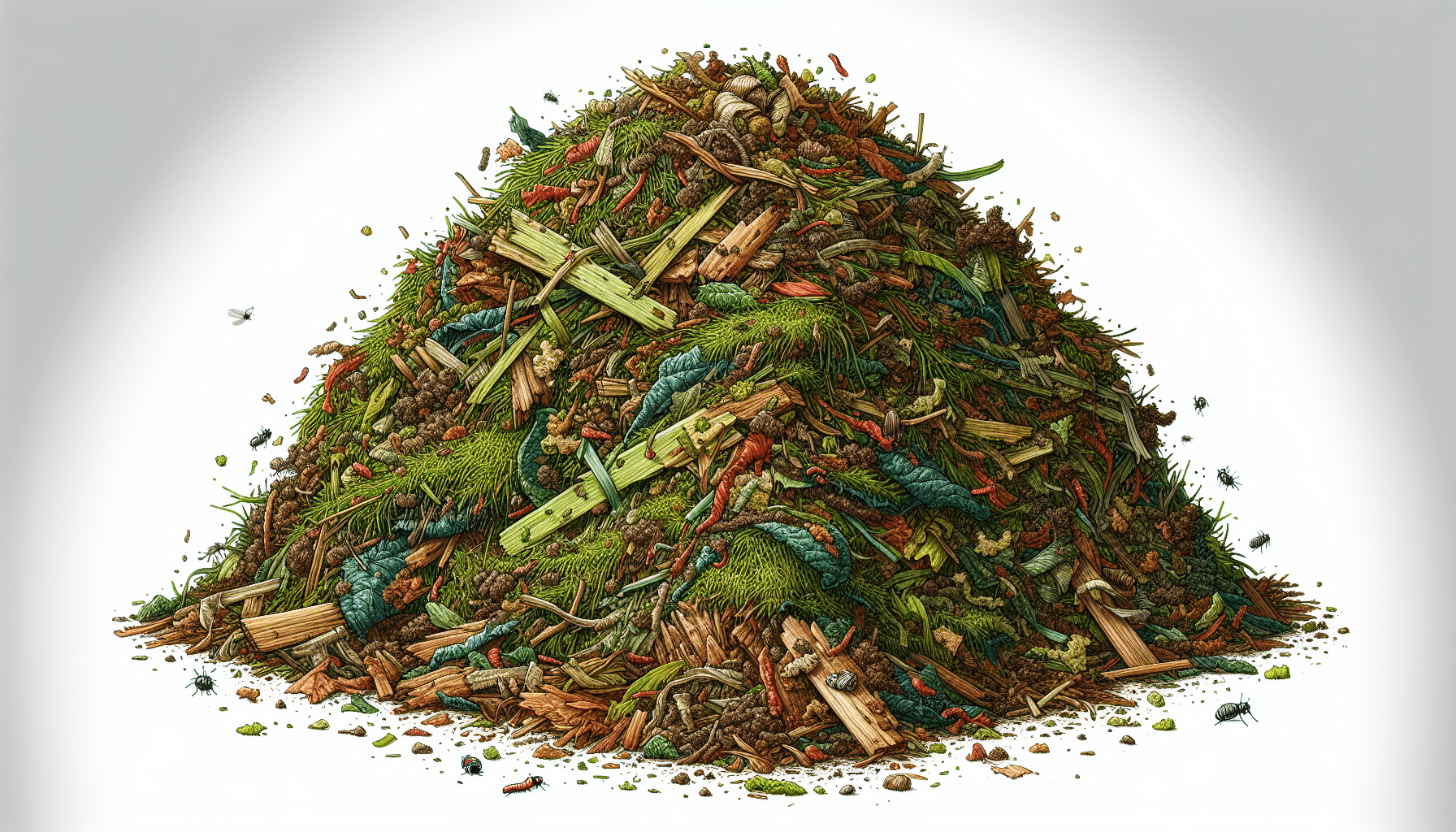The correct roofing dumpsters are vital for an efficient, safe, and cost-effective project. With this in-depth guide, you’ll learn how to navigate your options, considering dumpster size, weight limits, and budget to ensure you make the right choice for your needs. Dive into the factors that impact roofing dumpster selection and discover tips to maximize your investment.
Key Takeaways
- Roofing dumpsters are specialized roll-off dumpsters designed for efficient and safe disposal of roofing materials such as asphalt shingles, metal roofing, and insulation.
- Selection of the appropriate roofing dumpster size should be based on the project’s square footage, the weight of the roofing debris, and other factors like the project timeline and budget.
- Proper loading of the dumpster, understanding the rental process, and exploring recycling and disposal options for the waste is crucial to managing roofing debris cost-effectively and in an environmentally responsible manner.
Understanding Roofing Dumpsters
A roofing dumpster, a specific roll-off dumpster, is designed to accommodate the disposal needs of roofing projects. Using a roofing dumpster allows for efficient disposal of roofing debris, improves workplace safety, and allows you to work at your own pace.
Roofing dumpster rentals, provided by a reliable roofing company, are specially constructed to handle heavy roofing materials, like shingles, making them an affordable and efficient solution for debris removal.
Types of Roofing Dumpsters
When it comes to roofing dumpsters, you have options. The most common type is the roll-off dumpster, designed to bear heavy loads of roofing materials.
Another option is the mixed-heavy dumpster, which can accommodate heavier roofing materials like shingles, helping avoid potential overweight fees.
Common Roofing Debris
Roofing dumpsters are designed to handle a variety of materials, including:
- Asphalt shingles
- Metal roofing
- Wood shingles
- Roof tear-off debris
- Insulation
- Gutters
In addition to falling roof shingles, other materials like roofing shingles, tear-off debris, insulation, and gutters can also be accommodated in a roofing dumpster.
Factors to Consider When Choosing a Roofing Dumpster
Choosing the right dumpster for your roofing project is about more than just size. It’s about finding a dumpster to handle your project’s specific needs. To do this, you need to consider factors such as the project’s square footage, the total debris weight, and the project’s complexity.
Roof Size and Square Footage
One of the key factors to consider when choosing a roofing dumpster is the size of your roof. Roof size and square footage are critical in determining the appropriate dumpster size.
For example, one roofing square equals 100 square feet of roof area. Therefore, a 10-yard dumpster is generally suitable for up to twenty roofing squares or a 2,000-square-foot roof. To determine the appropriate roofing squares dumpster size, consider the total area of your project.
Weight Limits and Material Types
Another crucial factor to consider is the weight of the roofing materials you dispose of. Different materials have varying weights, affecting the dumpster size you’ll need. For instance, 3-tab shingles weigh approximately 190 pounds per square, while architectural shingles weigh up to 430 pounds per square.
Therefore, it’s essential to accurately estimate the weight of the debris to select an appropriate dumpster and avoid overloading.
Project Timeline and Budget
Finally, your project’s timeline and budget will also play a role in your choice of dumpster. Many rental companies offer flexible rental periods to accommodate short- and long-term timelines for roofing work. In addition, understanding the rental terms, including any potential fees for exceeding weight limits or extending the rental period, can help you manage your project’s budget more effectively.
Popular Roofing Dumpster Sizes and Their Applications

Roofing dumpsters come in various roofing dumpster rental sizes, ranging from 10 to 40 yards, to cater to different project scales. The most popular choices among these are:
- Ten-yard dumpster
- Fifteen-yard dumpster
- Twenty-yard dumpster
- Thirty-yard dumpster
- Forty-yard dumpster
Ten-Yard Dumpster
A ten-yard dumpster, with a capacity of up to ten cubic yards of waste, is ideal for small to medium-sized roofing projects. It can accommodate about thirty-four squares of 3-tab shingles or twenty-eight squares of 30-year architectural shingles.
In perspective, that’s equivalent to about four standard pickup truck loads of roofing debris from a single roofing job!
Fifteen-Yard Dumpster
For medium-sized roofing projects, a fifteen-yard dumpster is a great option. It can handle debris resulting from approximately thirty-five roofing squares. However, it’s important to note that this dumpster is best suited for light roofing debris rather than heavy or bulky materials.
Twenty-Yard Dumpster
For larger roofing projects, the twenty-yard dumpster is your best bet. With a capacity of up to twenty cubic yards of heavy debris, it can handle debris from approximately twenty squares of asphalt shingles or seven squares of slate shingles. That’s equivalent to about eight standard pickup truck loads of debris!
Tips for Efficiently Loading Your Roofing Dumpster

Loading a roofing dumpster efficiently is just as important as choosing the right one. It helps ensure that you make the most out of your dumpster space and avoid potential safety risks. From layering shingles to disposing of other roofing materials and avoiding overloading, there are several things you can do to optimize your dumpster usage.
Layering Shingles
Layering shingles in the dumpster is a great way to ensure even weight distribution and maximize space. This is especially important if your project involves multiple shingle layers, as this can double the amount of debris.
Disposing of Other Roofing Materials
When it comes to shingle disposal, other roofing materials that can be disposed of in the dumpster include:
- Felt paper
- Wood
- Underlayment
- Roofing gravel
- Flashing
- Trim
Disposing of these materials properly keeps your job site clean and helps ensure your dumpster’s efficient use.
Avoiding Overloading
Overloading a dumpster is a common mistake that can lead to:
- Additional fees
- Safety hazards
- Exceeding the weight limit
- Potential health risks
- Road accidents
- Possible legal consequences
Therefore, it’s essential to select a dumpster of the right size and avoid overloading it.
Roofing Dumpster Rental Process
Renting a roofing dumpster is a straightforward process that involves a few key steps. From finding a reputable rental company to scheduling delivery and pickup and understanding rental terms and fees, the process is designed to be as hassle-free as possible.
Finding a Reputable Rental Company
The first step in the rental process is finding a reliable dumpster rental company. Look for companies that offer transparent billing practices and dedicated account managers. Having a single point of contact can enhance communication and organization from start to finish.
Scheduling Delivery and Pickup
Once you’ve identified a rental company, the next step is to schedule the delivery and pickup of your dumpster. Most companies offer flexible scheduling options, allowing you to coordinate delivery and pickup according to your project timeline.
Understanding Rental Terms and Fees
Lastly, it’s important to understand the rental terms and fees. A reputable rental company will have clearly outlined rental terms, including accepted items, pricing framework, and penalties for any rental terms violations.
Familiarizing yourself with these terms can help you avoid unexpected charges and manage your project budget more effectively.
Recycling and Disposal Options for Roofing Waste
Once you’ve loaded your dumpster, the next step is to dispose of the waste. While it might be tempting to dump everything in the landfill simply, several recycling and disposal options are available for roofing waste. These options reduce your environmental impact, support community projects, and save you money.
Recycling Asphalt Shingles
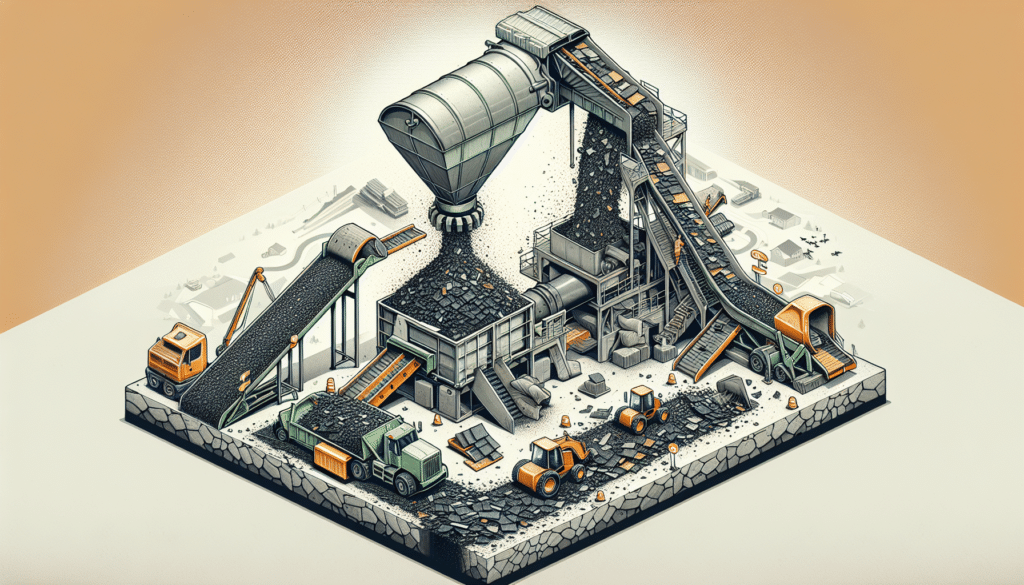
One environmentally friendly option is to recycle asphalt shingles. Recycled asphalt shingles are generally turned into pavement, reducing the need for raw materials and offering environmental benefits. However, it’s important to note that for asphalt shingles to be recycled, they must not contain asbestos.
Donating Reusable Materials
If your roofing materials are still in good condition, consider donating them. Many local organizations and nonprofits accept used shingles and roofing materials, helping you reduce waste while supporting community projects.
Handling Hazardous Roofing Waste
Finally, when dealing with hazardous roofing waste such as asbestos-containing shingles, it’s essential to follow strict safety protocols. This includes contacting local hazardous waste authorities and not attempting disposal on your own.
Summary
We’ve covered a lot of ground in this blog post, from understanding what a roofing dumpster is to how to choose the right one, load it efficiently, and dispose of the waste responsibly. A roofing dumpster is crucial for any roofing project, facilitating waste management and promoting workplace safety.
Choosing the right dumpster involves considering factors like the size of your roof, the weight of the debris, and your project timeline and budget. Once you’ve chosen your dumpster, load it efficiently by layering shingles, breaking down materials, and avoiding overloading. Finally, when it’s time to dispose of the waste, consider environmentally friendly options like recycling or donation.
Frequently Asked Questions
What is a roofing dumpster?
A roofing dumpster is a specialized roll-off dumpster for easy and safe disposal of roofing debris during projects.
How do I choose the right dumpster size for my roofing project?
Consider the size of your roof, the weight of the debris, and your project timeline and budget to determine the appropriate dumpster size for your roofing project. This will ensure you choose the right size for your needs.
How can I load my roofing dumpster efficiently?
Layer the shingles, break down materials, and avoid overloading to maximize space and weight capacity to load your roofing dumpster efficiently.
What is the process of renting a roofing dumpster?
To rent a roofing dumpster, you must find a reputable rental company, schedule delivery and pickup, and understand the rental terms and fees. Remember that proper planning and understanding of the rental agreement are key to a smooth process.
How can I dispose of roofing waste responsibly?
You can responsibly dispose of roofing waste by recycling asphalt shingles, donating reusable materials, and following strict safety protocols for hazardous waste. It’s important to explore these options for environmentally friendly disposal.
